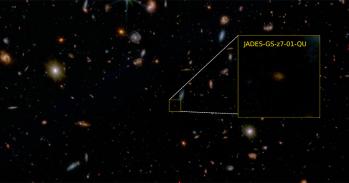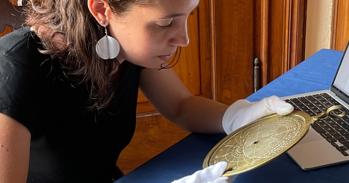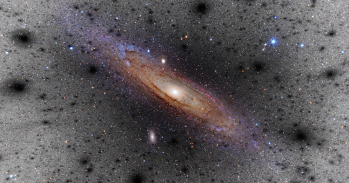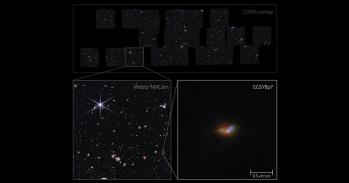The dynamics of an avalanche and the origins of the Universe will be the subjects of two presentations to the public by Cambridge researchers as part of this year’s Royal Society Summer Science Exhibition.
The dynamics of an avalanche and the origins of the Universe will be the subjects of two presentations to the public by Cambridge researchers as part of this year’s Royal Society Summer Science Exhibition.
With our cutting-edge radar we are able to measure the snow avalanche from start to finish for the first time! This enables us to get accurate field data to improve our snow avalanche models.
Dr Nathalie Vriend
Nathalie Vriend, from the University of Cambridge’s department of Applied Mathematics and Theoretical Physics, will take part in a collaborative demonstration that will help us understand avalanches by measuring granular dynamics.
An experiment pioneered at the University of Cambridge involves a column filled with two different sized particles. Once released, the column collapses and the two types of particles segregate as they spill across the surface. Scientists measure the velocity and maximum extent of the flow.
Laboratory and large-scale field experiments on avalanches, involving a new radar tracking system, allow scientists to understand how avalanches `work’ and to fine-tune their models for these flows.
Nathalie Vriend said, “With our cutting-edge radar we are able to measure the snow avalanche from start to finish for the first time. This enables us to get accurate field data to improve our snow avalanche models.”
The ALMA observatory in the Atacama Desert is the most complex observatory ever built on Earth. John Richer, of the University of Cambridge’s Department of Physics, has had the benefit of working on the ALMA project that has involved over 20 nations to design, build and construct. The telescope sits 5,000m above sea level and consists of 66 radio transmitters. The observatory uses a technique called radio interferometry to create images of the cold matter in the Universe, where stars and galaxies form.
The hope is that the ALMA observatory will help us understand how our solar system was created and reveal evolutionary secrets of the early universe.
“(We) can make spectacular images of the cold dust and gas in the distant universe, revealing the origins of new stars, planets and galaxies.” explained Richer earlier this year.
The scientists will be on hand at the exhibition which runs from 3 July to 8 July, to talk visitors through their research.
This work is licensed under a Creative Commons Licence. If you use this content on your site please link back to this page.





